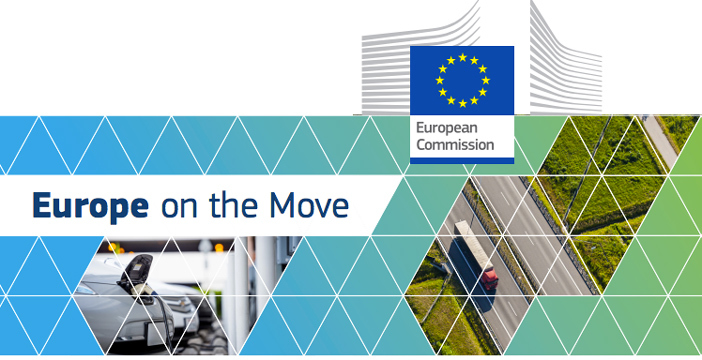The “Europe on the Move” package contains a set of actions concerning the mobility of both passengers and freight, which will take the form of legislative initiatives by the Commission and a Communication on the following subjects:
- New road safety policy, with regards to vehicle safety, infrastructure and pedestrian safety;
- Related and autonomous mobility;
- Reduction of CO2 emissions and set of battery standards for the transport sector;
- Reaction of digital environments for data exchange at European level;
- Procedures to speed up the completion of TEN-T infrastructure projects, a proposal that we have already discussed in this section of PortNews.
The current CEF call for proposals aims to strengthen these measures, with a total budget of 450 million euros. Among the long-term objectives that the Commission intends to achieve at European level are: from 2030 onwards, the transition to fully autonomous driving for heavy goods vehicles and cars; from 2030 onwards, the transition to fully autonomous driving with an increase in shared mobility (the proposed 25% share) for public transport; from 2022, the Internet connection for all new road vehicles, which must be able to interact with each other and connected to the European Galileo.satellite communication system
The Commission has already supported and intends to further support this transition with funds, in addition to those already mentioned in the CEF, totaling 300 million euros in research up to 2020.
In 2050, CO2 emissions from the transport sector in Europe will have to be reduced by 60% compared to 1990, reversing a growth dynamic that has seen an increase in the production of pollutants related to mobility. In the future, mobility will be more sustainable thanks to the use of alternative fuels and the transition to electric traction: to this end, the European Commission has proposed a comprehensive strategy on the production, distribution and disposal of batteries, in order to be able to increase the current share of electric vehicles.
In terms of reducing accidents and safety, the Commission intends to promote technological solutions to assist the driver, as well as implementing the e-Call mechanism, which can immediately alert the operational intervention and rescue centres in the event of a vehicle accident. These devices are already mandatory for new generations of vehicles and will be increasingly integrated with the infrastructure and, in the future, with the self-driving vehicles on our roads from the next decade.
For more information click here

